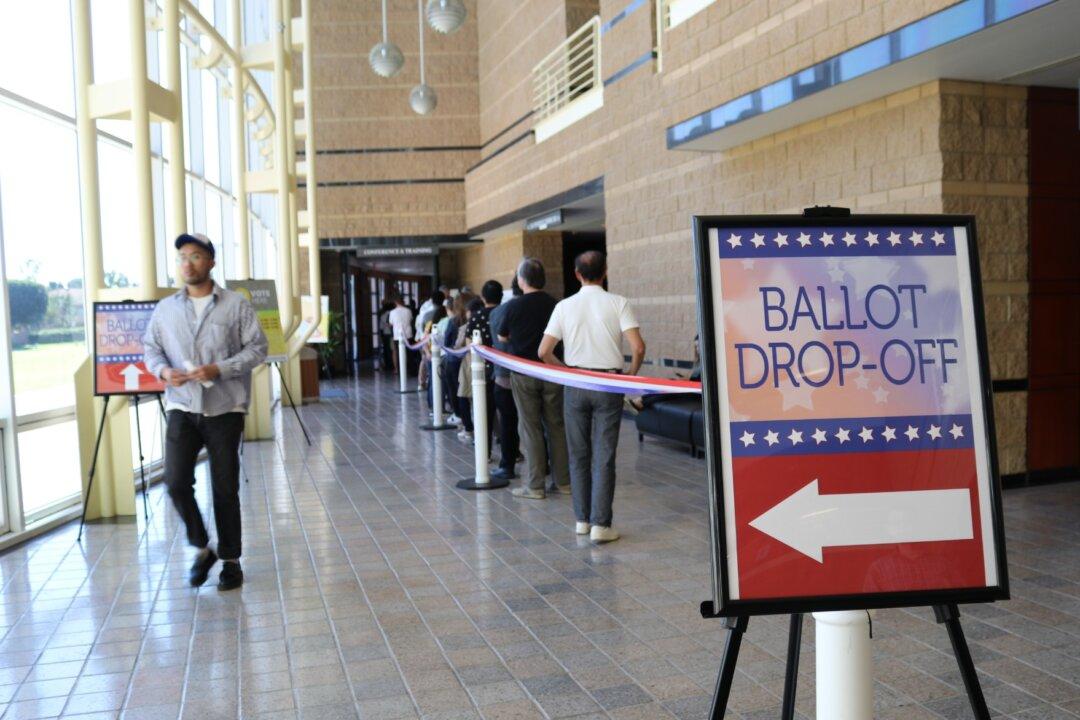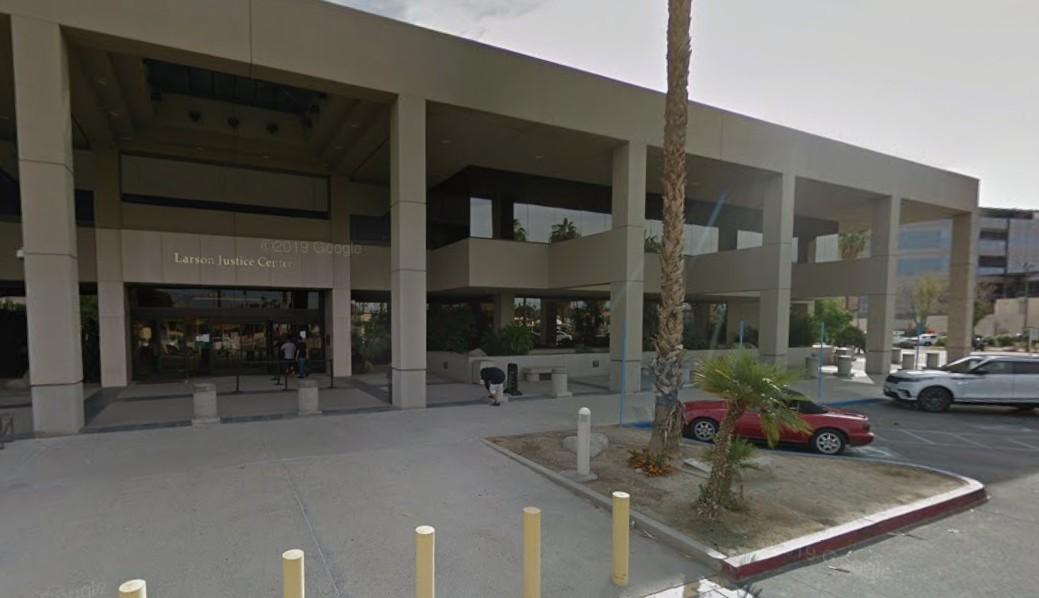Former Vice President Joe Biden’s strong surge nationally in popularity among Democratic voters will likely be reflected in California’s late-arriving mail-in ballots, political analyst Tony Quinn says.
Quinn still expects Sanders to win the state’s Democratic primary—but not by the strong margin many polls had predicted.





